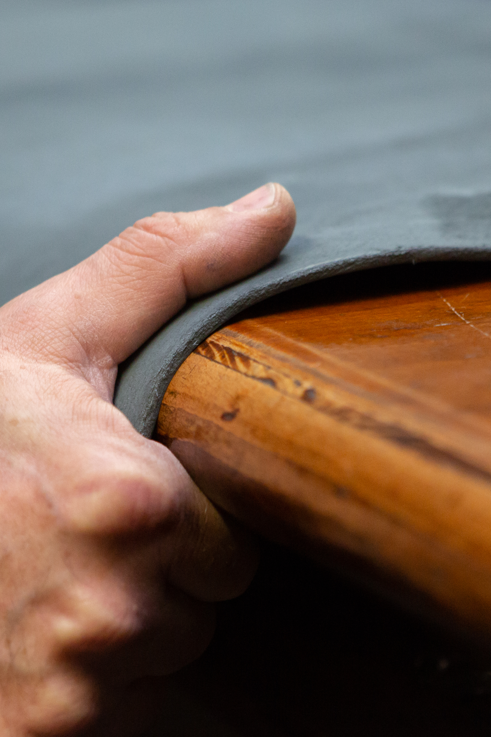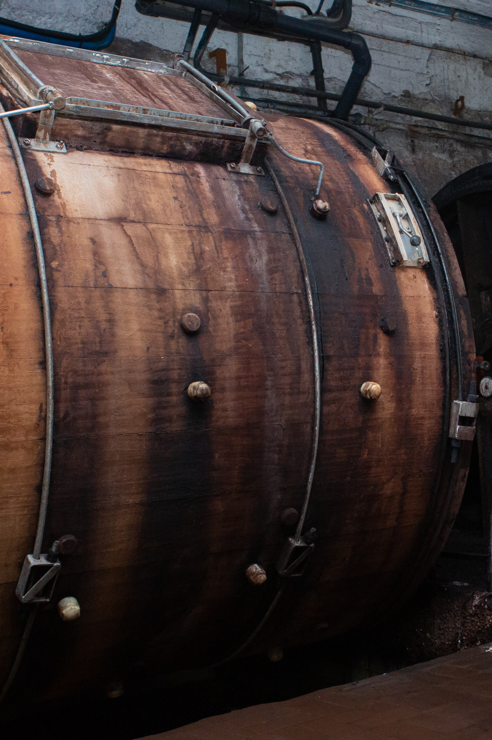Content published by: COTANCE
The undersigned representatives of the global leather industry are united in our conviction that natural materials, such as leather, have a vital role to play in addressing the challenges of climate change. Leather is a natural material, crafted from a raw material that arises as a waste from the production of the food that we all need. A leather supply chain that respects the role of livestock in regenerating soil, that avoids the waste of an unavoidable by-product and leads to the production of long-lived and readily disposable products can help limit the harm caused by fossil fuel-based synthetic materials.
The choices we make as consumers, and in particular, the materials used in the products we buy, have a significant impact on the environment. The carbon in leather is biogenic and a component of the natural carbon cycle of the planet. The raw materials of leather production, hides and skins, are an inevitable, renewable by-product of feeding the global population. To produce leather out of a waste stream is to honour Earth’s intrinsic circular nature. Leather is not fossil-based carbon and when leather reaches the end of its life, it can be safely returned to the soil as compost. Leather does not create micro-plastics or linger for millennia in landfills. The majority of the world’s leather is made responsibly and does not harm the planet.
If we are to prevent further damage being done to the planet, we must learn to make the best use of the resources available and to do so without diminishing them or causing harm to the environment. It should not be acceptable that we are wasting huge volumes of a natural, readily available versatile raw material in hides and skins. Every year, an estimated 120 million hides, equivalent to approximately 600 million square metres of leather, are thrown into landfill, creating nearly 15 million metric tonnes of CO2 emissions. Furthermore, this wasted leather will be replaced with fossil fuel-derived synthetic alternatives, with the additional emissions and impacts that entails. In the process, we are losing the opportunity to put shoes on over 2.5 billion pairs of feet. That’s 33% of the world’s population that we could provide shoes for.
We urge people to stop and to think. To decide for themselves whether they truly believe that plastics are better for our environment than natural, renewable, biodegradable materials. We believe that the use of leather can support our journey to living in harmony with our planet. Leather is the ultimate responsible legacy – it lasts for decades, encouraging re-use and slow-fashion. The industry is modern, the chemicals are safe, the material is an ideal choice for a sustainable future.
Therefore, we, the undersigned organisations, once again call on the COP forum to…
…Recognise the cyclical, climate efficient nature of natural fibres and their potential for a positive contribution to reducing the climate impacts of consumer products.
…Encourage the use of natural fibres wherever feasible and reduce unnecessary reliance on fossil-fuel-based materials.
…Support LCA methodologies that accurately account for the environmental impact of all materials, including end of life properties.
…Promote ‘slow fashion’, durable products, and items that can be used many times, repaired and refurbished, and last for years.
Signatories to the Leather Manifesto
- Asociación Española del Curtido (ACEXPIEL – Spanish Tanners’ Association)
- Associação Portuguesa dos Industriais de Curtumes (APIC – Portugal Tanners’ Association)
- Australian Hide Skin and Leather Exporters’ Association Inc. (AHSLEA)
- Centre for the Brazilian Tanning Industry (CICB)
- Centro Tecnológico das Indústrias do Couro (CTIC – Leather Center in Portugal)
- China Leather Industry Association (CLIA)
- Confederation of National Associations of Tanners and Dressers of the European Community (COTANCE)
- International Council of Hides, Skins and Leather Traders Association (ICHSLTA)
- International Council of Tanners (ICT)
- International Union of Leather Technologists and Chemists Societies (IULTCS)
- Fédération Française des Cuirs et Peaux (FFCP – French Hides & Skins Association)
- Fédération Française Tannerie Megisserie (FFTM – French Tanners Association)
- Leather and Hide Council of America (LHCA)
- Leather Cluster Barcelona (LCB)
- Leather Naturally (LN)
- Leather UK (LUK)
- Leather Working Group (LWG)
- One 4 Leather (O4L)
- Society of Leather Technologists and Chemists (SLTC)
- Sustainable Leather Foundation (SLF)
- Swedish Tanners Association
- Turkish Leather Industrialists Association (TDSD)
- UNIC Concerie Italiane (Italian Tanneries Association)
- Verband der Deutschen Lederindustrie e.V. (VDL – German Leather Federation)
- Wirtschaftsverband Häute/Leder (WHL – German Hide and Leather Association)
- Zimbabwe Leather Development Council (ZLDC)
You can access the original post HERE.

















